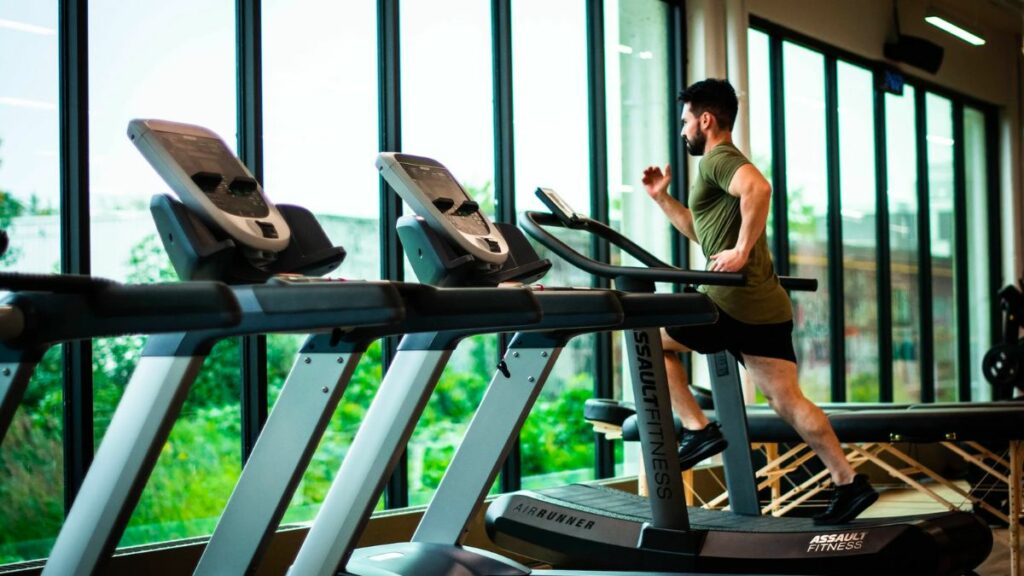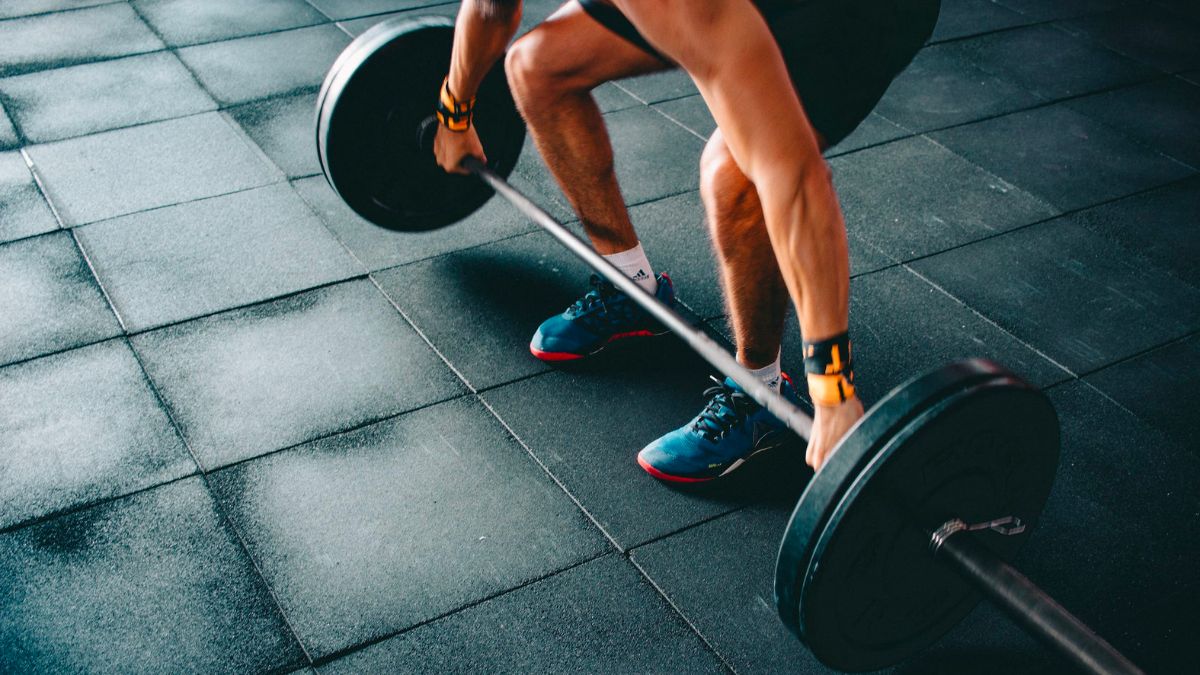How to Get Buff Really Fast in Beginner’s
How to Get Buff? Attracting more definition under your skin by increasing muscle growth and burning excess fat through exercise, diet, and makeup. There are various strategies available to you for attaining fitness.
Any gym-goer worth their creatine will tell you it takes hard work and dedication to build muscle mass. But there are steps you can take to accelerate this process faster. Be sure to consume casein protein before bed, as this slow-digesting source provides your muscles with nourishment all night long and assists with muscle building.
Strength Training
To successfully build muscle, it takes more than simply hitting the gym to see results. Muscle growth actually happens during recovery after each workout – not while in the gym itself. When lifting, your body creates small tears in muscle fibers which then heal themselves over time leading to new muscle growth as these healing tissues repair themselves. For this reason it’s crucial that your muscles receive adequate rest time – the best way being resting them properly.
Doing anything requires more than just hitting the gym: getting buff requires setting and sticking with goals and following routines. While going from skinny to buff won’t happen overnight, it should take about 12-24 months with the right strategies in place and the appropriate routines followed.
To maximize your strength training efforts, aim to gradually increase your repetitions while increasing weight gradually – this process is called hypertrophy and should result in the largest gains while also leading to greater strength gains.
Altering your workout regularly is another effective way to accelerate results and see faster gains. Instead of repeating the same routine every time, switch exercises between muscle groups over six weeks; adjust reps/sets/weight as necessary or switch days of focus in order to keep workouts fresh and challenging.
Aerobic exercise (cardio) is essential to getting buff. Jogging or biking will increase your heart rate and help your body burn fat and calories while simultaneously building muscle mass. Incorporating cardio into your workout also prevents injuries and muscle soreness that can arise from lifting heavy weights or working your muscles hard.
Cardio

Cardio, or cardiovascular exercise, is an integral component of any workout plan. Cardio can build endurance that allows you to get enough strength training each week in order to make muscles grow; and boost circulation to bring fresh blood directly to your muscles after strength-training sessions for recovery purposes. Although cardio can have some advantages when trying to gain mass, its primary focus should be resistance training as this directly stimulates muscle growth while competing for energy and time resources with cardio workouts.
Cardio training refers to any activity that increases your heart rate and leaves you breathless, making it simple and straightforward to incorporate it into an at-home gym routine. Running, biking on one of the best treadmills available today, hiking, climbing stairs, swimming and dancing are all excellent examples of cardiovascular exercise that should be included as part of a cardio routine. To maximize results from cardio sessions aim for targeting between 70-85% of your maximum heart rate – this should leave you feeling challenged but not too exhausted that communication becomes impossible!
Any experienced trainer will tell you, bulking up requires both time and commitment. Setting reasonable goals will keep you on the path toward reaching them on those days when skipping the gym may seem easier than heading in to workout.
Diet
As any bodybuilder will tell you, building muscle takes hard work and dedication – but the good news is that you don’t need any special supplements or devices; simply follow a regiment of diet and exercise!
Carbohydrates, proteins and healthy fats all play an essential role in building muscle. Protein is perhaps the most crucial nutrient as it forms the building blocks for muscles while burning tons of calories to digest it – according to Brad Schoenfeld, Ph.D. Your goal should be consuming up to 20 Calories Per Pound of Body Weight per Day in Protein. While carbohydrates provide energy for post workout recovery efforts as well as post workout recovery themselves; too many carbohydrates could lead to fat gains!
For healthy fat consumption, choose polyunsatured and monounsatured fats from nuts, seeds and fish as sources of polyunsatured and monounsatured fatty acids. These types of lipids will help stabilize insulin levels which is key in maintaining muscle while burning fat simultaneously. Anybody trying to bulk up has an uphill battle ahead. Rather than focus on what needs to be accomplished now, consider how far along you have come.
Undoubtedly, diet plays an essential role in becoming fit. A body built by muscle is what counts most when it comes to losing fat; thus it is key that we eat enough lean proteins, healthy carbohydrates and monounsaturated fatty acids such as those found in olive oil, canola oil and sunflower seed oil (with about 25 percent of our calories coming from these healthy sources) while avoiding trans and saturated fats that have been linked with cardiovascular disease and getting adequate sleep as this will impede any attempts at getting buff.
Sleep
As any personal trainer will likely tell you, sleep is just as critical to reaching fitness as diet and exercise. In order to go from bones-to-buffet status, getting seven to nine hours of restful slumber each night is vital in order to provide your muscles the chance to repair after every workout and stimulate muscle growth.
Sleep improves muscle recovery by stimulating protein synthesis and activating human growth hormone production. Sleep also serves to prevent catabolism by helping restore glycogen stores used during exercise; getting sufficient rest will allow you to look and feel your best!
Men’s Journal recommends prioritizing food sources that enhance muscle growth while limiting fat accumulation, such as quinoa, salmon, avocados, oats and sprouted-grain bread. When selecting monounsaturated fats like those found in avocados and peanuts over polyunsaturated ones; excess saturated fat consumption can increase cholesterol and heart disease risk.
Exercise

Attaining fitness requires time and a dedicated exercise program, with strength training and cardio exercises playing key roles in reaching your goals. Aerobic activities like jogging can help maintain lean body mass while burning off any unnecessary fat deposits that accumulate under your skin. Strength training builds muscle; but for maximum effect you must combine bodyweight exercises with high repetitions with short rest periods to induce the muscle-burning mode and get your body burning calories even when not actively engaging in physical exercise.
The journey towards becoming a buff guy varies for everyone depending on your current fitness level, body composition and genetics. Rushing to build muscle quickly may result in physical and mental fatigue as well as injury; therefore, it is wise to start small and be patient during this process.
Add some high-intensity interval training (HIIT) for added challenge and faster results, and increase muscle work outs by doing multiple sets with very limited rest in between each exercise set. This type of workout forces muscles to work harder while burning more calories while speeding recovery times. Plus, this way of training allows more dramatic changes!
Supplements
Once your exercise and diet regimen have been optimized, supplements can be used to provide a boost to muscle growth. They come in the form of protein shakes, powders, bars or gels and contain high concentrations of amino acids – essential building blocks of muscle growth that are widely available at vitamin and health supplement stores. Another option would be the muscle suit; which provides temporary buff looks lasting about an hour but may not suit all body types and fitness levels.
Makeup
Makeup must be applied correctly in order to look realistic; makeup artists have used this technique for millennia. Celebrities like Daniel Martin have used it on Olivia Palermo and Elizabeth Moss with incredible success – Daniel used this method on both stars to achieve an airbrushed effect that looked natural while remaining healthy-looking. To buff, dip a foundation brush in your favorite liquid or cream foundation then use small circular motions from center outward using buffing brushes with short bristles that are dense but firm and ensure it has a flat top like blush or powder brushes would.











